A few words from…
Hello, I am Jessica Cabe, PR and Communication manager for Chicago Loop Alliance, and I live a car-free life in Chicago.
Firstly, Chicago Loop Alliance creates, manages, and promotes a high-performing urban experience. This includes; attracting people and investment to the Loop, the largest central business district in America outside of Midtown Manhattan.
Furthermore, Bicycling Magazine ranked Chicago the best American bike city in 2016, and we continue to see growth and improvements.
However, only 2% of Chicago commuters get to work by bike, that number has been steadily increasing over the years. Moreover, it does not account for people who bike outside of their work commute.
Chicago currently has 250 miles of on-street bike lanes or routes, many miles of off-street paths, more than 13,000 bike racks, and sheltered, high-capacity bike parking areas near many rail stations as well as downtown in the Loop, our central business district.
Plans for 2020?
The Chicago Streets for Cycling plan 2020 calls for a 645-mile network of biking facilities to be in place by 2020 to provide a bicycle accommodation within one-half-mile of every Chicagoan.
While the city is behind on this plan, it is still working toward this goal. Chicago’s bike share system, called Divvy, is currently undergoing a massive expansion with a focus on equity. Currently, the system has 600 docking stations and 6,000 bikes.
The expansion to our far South Side includes 66 new stations and 3,500 additional bikes, including brand new e-bikes. The expansion increases the coverage area by about 60 square miles.
Divyy station in Chicago
Chicago’s density varies widely from neighborhood to neighborhood, but on the whole, residents are able to access their basic needs without leaving their neighborhood. This makes most trips accessible by bike.
My commute to work, however, is about 45 minutes, which can feel like quite a trek even for me, and I’m an able-bodied young woman.
But our new Divvy e-bikes shave 10 minutes off my commute. I live in Chicago without a car, and advancements like e-bikes and e-scooters are making the car-free lifestyle more and more accessible and appealing to more and more people.
What about safety?
The most important thing is safe streets infrastructure that prioritizes people over cars and provides real, physical barriers between these two modes.
What I hear most from the people I know, who do not bike in the city, is that they are afraid to share space with drivers. But if you build it, they will come.
A great example of this is our only protected north-south bike lane in the Loop, on Dearborn Street, which is always busy with cyclists during rush hour.
There is a reason those cyclists use Dearborn rather than the various other north-south streets that do not feature a protected bike lane. Carving out more safe space for cyclists will inevitably lead to more people trying out bike commuting.
Like the rest of the U.S., our bike shops have been selling out of bikes as Chicagoans sought not only an open-air way of getting around, but also a fun reason to go outside.
Chicago has been experimenting with pop-up “shared streets.” Using barricades, barrels, and signage, these residential streets are meant to slow down drivers and prioritize people.
These have been successful in some areas where pedestrian and cycling activity were already high, but some of the shared streets are being removed in driver-heavy areas, as neighbors say they don’t feel the program was successful.
Anything else to add?
t bike in the city, is that they are afraid to shar
Cycling and safe streets advocates have generally felt the City of Chicago’s Department of Transportation has not seized the opportunity to ramp up our biking infrastructure and further encourage the increase in cycling that we’re seeing.
They, along with Chicago Loop Alliance, continue to advocate for streets built for people.

